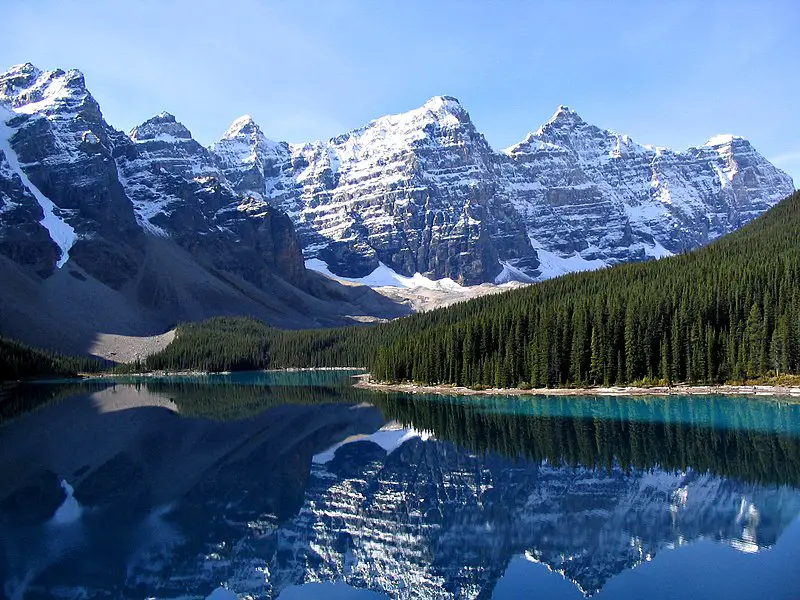Pacific Northwest Shipping
The Pacific Northwest, which is known as the Cascadia, is a unique region of the western United States that is situated next to the Pacific Ocean in the west and the Rocky Mountains in the east. While no official boundaries exist, geographers believe that the Pacific Northwest runs north to south from British Columbia to the city of Oregon.

Pacific Northwest Shipping Facts
- In 1863, they completed the portage railroad around the Celilo Falls and The Dalles.
- The portage railroad built-in 1863 was named after John C. Ainsworth of the Oregon Steam Navigation Company.
- Congress approved funding for the Topographical Corps in 1853 to find workable railroad routes to the Pacific Ocean.
- Aerospace shipping is considered an essential industry of the Pacific Northwest as Boeing was founded in Seattle.
- The Pacific Northwest has been involved in western trading networks since the Gold Rush when the demand for produce and lumber in California sent ships to local shores.
- The rise of the shipping business in the Pacific Northwest led to intense immigration, industrialization, and urbanization within the region.
- The transcontinental transportation network revolutionized the economy of America because the shipment of goods was made cheaper, quicker, and more flexible.
- Writings of James Swan gave Americans and foreigners’ ideas that the Pacific Northwest had possessed incredible resources which need to be exploited.
Southeastern Alaska, Northern California, Idaho, and parts of Montana are also considered parts of the Pacific Northwest in several accounts. The region of the Pacific Northwest has a rich history which was primarily occupied by a wide range of Native American groups.
These Native American groups were believed to have been engaged in several activities such as fishing, the gathering of crops, and hunting. However, the Pacific Northwest gained much prominence between the period of 1850 and 1880 after the completion of the Northern Pacific Railroad transcontinental line.
The transcontinental line, which ran from St. Paul, Minnesota to Tacoma courtesy of Portland, Oregon, signaled one of the critical turning points in the region’s history. While the Pacific Northwest had been involved in global trading networks as early as the late 17th century, the area stayed isolated from the primary currents of the worldwide economy in the United States.
The population of the Northwest eventually grew to 280,000 by 1880 because of the arrival of the transcontinental lines, which enabled settlers to ship goods and products as well as bring immigrants from different parts of the globe. By 1862, railroad portages were operating the shipping lines on the Columbia shores at The Cascades rapids, which made passage easier for settlers arriving in the East.
It was also during 1862 that the Oregon Steam Navigation Company received control of the equipment and portage roads on the side of Oregon. This secured the company’s monopoly on river transportation. Through these portage conveyances, railroads linked steamboat landings to multiple cities and each city to the rest of the world.
The railroads also brought more means to increase exports, more knowledge of opportunities, and significant investments in an extractive economy. By eliminating distances and connecting different corners of the country, the railroads helped to disseminate information and opened the Pacific Northwest to several business opportunities from English business people and other foreign capitalists.
The Pacific Northwest became even more adaptable to the commerce and the networks of the global economy of the United States. While railroads sped up the Northwest’s pace of settlement and developed smooth shipping lines, it also became more accessible for immigrants and Americans in different regions to influence the social, political, cultural, and economic traits of the Pacific Northwest.
How did the shipping business help the Pacific Northwest?
The demand for shipping business in the Pacific Northwest led to urbanization, immigration, and industrialization within the region.
How did the transcontinental network revolutionize the American economy?
The transcontinental network revolutionized the American economy by making the shipment of goods cheaper, quicker, and more flexible.
Who received control of the equipment and portage roads on the side of Oregon in 1862?
The Oregon Steam Navigation Company received control of the equipment and portage roads on the side of Oregon in 1862.
What is the other name of the Pacific Northwest?
The Pacific Northwest is also called as the Cascadia.
Who gave Americans and foreigners ideas of the resources of the Pacific Northwest?
Author James Swan gave Americans and foreigners the idea of the resources of the Pacific Northwest.



